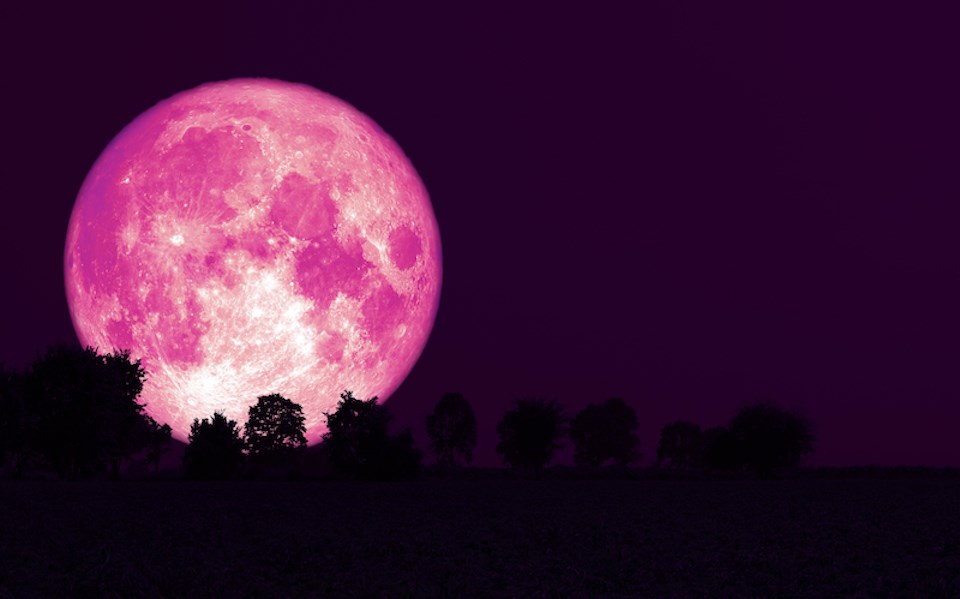Metro Vancouver sky-watchers can view the June full moon a bit earlier than last year.
The June moon, commonly known as the strawberry full moon, takes place on Wednesday, June 11. Last year, the moon was full on the same day as the summer solstice, meaning the sun was at its highest point in the sky, and the moon appeared at its lowest.
The moon will be at its fullest on June 11 at 12:43 a.m., according to timeanddate.com.
According to the Old Farmer's Almanac, the June moon got its name "from the Algonquin tribes who knew it as a signal to gather the ripening fruit of wild strawberries." It notes Indigenous peoples would give distinctive names to each reoccurring full moon to mark the change of seasons.
June's full moon is also known as the Honey Moon, Mead Moon, and the Full Rose Moon in Europe.
The moon will be visible provided the Metro Vancouver weather forecast doesn't call for rain. For now, the summer is expected to be hot, although Environment Canada has released a prediction about precipitation.
When can I spot a supersized moon in Metro Vancouver
Metro Vancouverites looking to see a supermoon won't spot one in the spring or summer.
The next one is scheduled to illuminate local skies in Vancouver on Oct. 6 at 8:47 p.m., according to timeanddate.com.
The October full moon will also be considered the Harvest Moon because it falls closest to the autumnal equinox on Sept. 22 (some years it occurs in September).
Two other supermoons will dazzle local skies on Nov. 4 and Dec. 5.
A full moon is considered a supermoon because it appears roughly 15 per cent brighter and seven per cent bigger due to its proximity to Earth.
EarthSky notes that astronomers usually refer to supermoons as perigean full moons, a term that simply refers to the moon being "near Earth."
Stay up-to-date with hyperlocal forecasts across 50 neighbourhoods in the Lower Mainland with V.I.A.'s Weatherhood.



